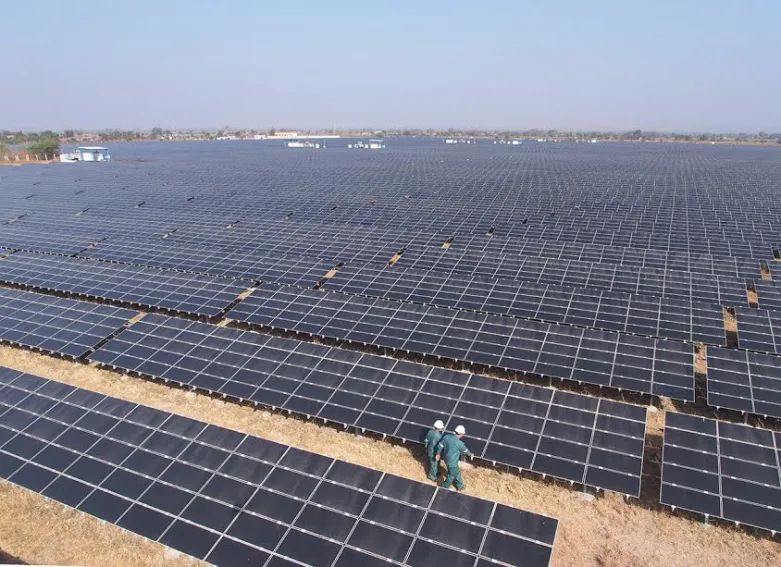
Indian solar developers are caught in the doldrums
No thanks to higher costs and tighter competition with Chinese firms.
Indian solar developers typically factor in a 15-20% annualised fall in the cost of solar modules when bidding for new projects. According to Bridge to India, The assumed price decline may have been even higher in some of the recent auctions. Price increases in the last 2-3 months, therefore, have come as a shock to the sector.
Against an expectation of USD 0.28/Wp, prices for the current quarter are being quoted at about USD 0.34/Wp. Goods and Services Tax (GST) rate of 5% has further added to the cost increase. Higher costs and constrained supply as Chinese suppliers renege on module supply contracts are presenting new challenges for Indian developers.
Here's more from Bridge to India:
Explosive capacity addition, coupled with a reduced polysilicon supply in China is primarily responsible for module price increases. Up to 1 GW of projects, due for completion in the remaining year, may get delayed as a result of higher prices and/or uncertain supply status.
Projects also face the risk of imposition of anti-dumping duties, which could be announced as early as September 2017. China was expected to add 33 GW of solar PV capacity in 2017 but it has already added over 34.9 GW in the first seven months, with 24 GW being added in June and July alone.
This explosive capacity addition, coupled with reduced polysilicon supply, has led to drying up of inventories and price increases across the value chain. However, China demand is expected to slow down for the remaining part of the year to just 5-10 GW.
A significant part of this new capacity is to be added under the Top Runner program using high efficiency mono and mono PERC solar modules. That should mean a return to an oversupply situation for poly-crystalline modules used in India.
However, some manufacturers insist that prices will continue to be high until the end of the year. They expect strong demand from the US as the Trump administration explores imposition of safeguard duties, which would come into effect in January at the earliest.
The prospect of duties is forcing developers in the US to rush ongoing projects or even stockpile modules for future projects.
For India, increased module prices have led to a slowdown in new orders as developers delay procurement in the hope that prices will start falling at some point in the near future.
Over 3.8 GW of new capacity is scheduled to come online in H2/2017. This includes state policy projects in Andhra Pradesh and Telangana and central policy projects in Rajasthan, Gujarat, Maharashtra, Karnataka and Uttar Pradesh.
These projects were allocated 12-18 months ago at tariffs over INR 4.43/kWh and should be financialy viable even at current module prices. Nonetheless, we believe that up to 1 GW of project capacity may get delayed as developers wait for better pricing and/or assured supplies.
A larger risk to Indian projects comes from a possible imposition of anti-dumping duties at home. There is a possibility that Indian authorities could recommend a provisional anti-dumping duty as early as September 2017.



















 Advertise
Advertise







